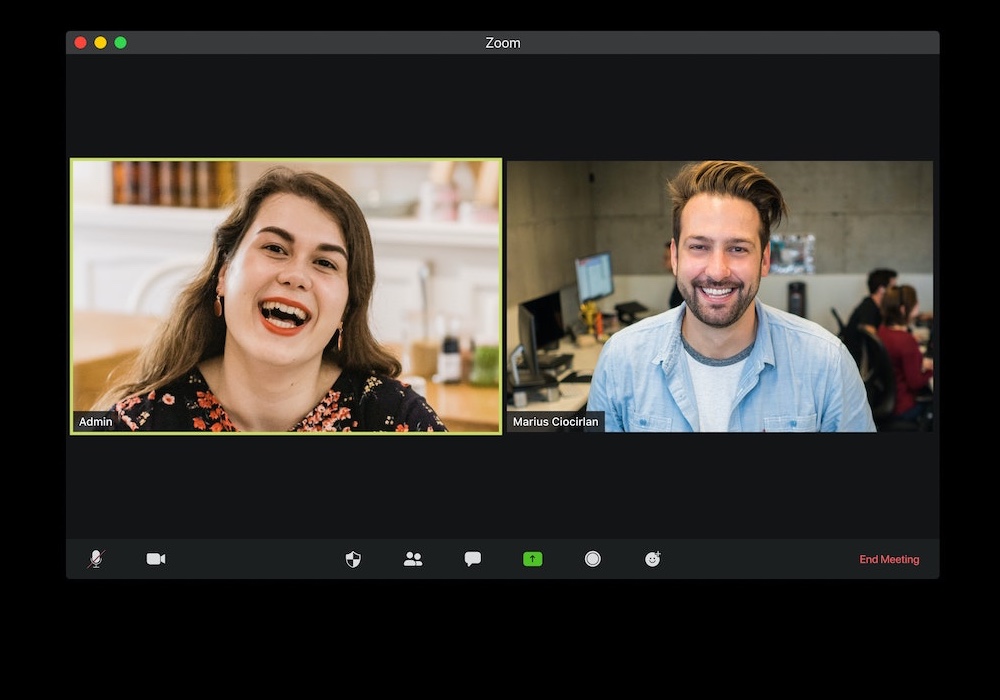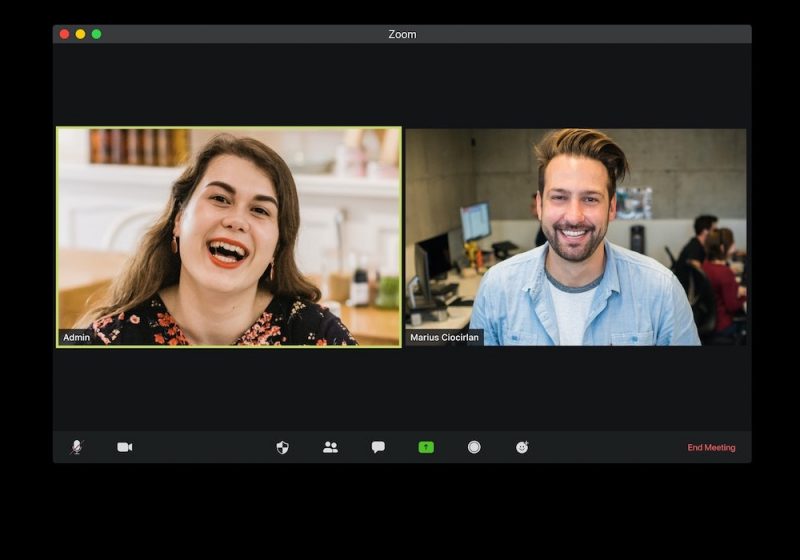If you’re gearing up for a big job interview, you’ve probably gone over your answers to dozens of possible questions, but have you given much thought to what you’re not saying?
Non-verbal communication plays an extremely important role in human interactions. With this in mind, you’ll want to make sure you’re sending the right messages to potential employers during your next interview.
According to Forbes, a lack of eye contact is a common non-verbal mistake job seekers make while meeting hiring managers. So you should make as much eye contact as possible, right? It’s not that simple — too much eye contact can also be a turn-off.
If that sounds confusing, keep reading: we’ll give you all the eye contact interview information you need to succeed.
How Important is Eye Contact in an Interview?
Like all forms of non-verbal communication, eye contact plays a big role in conveying information. During an interview, making eye contact can express that you’re an honest, confident person. In other words, eye contact can help convey the message that you are someone the company can put their trust in.
The average adult will make eye contact anywhere from 30 percent to 60 percent of the time in a normal conversation, according to findings from communications-analytics company Quantified Impressions. However, that might not be enough.
The same analysis found that speakers should aim to make eye contact between 60 and 70 percent of the time. By making eye contact slightly more often than you normally would, you can build a stronger connection between yourself and the person you’re talking to.
How to Maintain Eye Contact During an Interview
To maintain a healthy amount of eye contact during the interview, there are a few tips you’ll want to keep in mind:
- Establish eye contact early on.
- Make eye contact less often while speaking than while listening — about 50 percent of the time.
- To avoid coming off as anxious or shy, don’t dart your eyes when you look away from a person.
- Work on eye contact when preparing for the interview. As with everything else, practice makes perfect when it comes to eye contact.
To build on the last of these tips, eye contact during an interview is one area where InterviewFocus can help you out in a major way. Our service uses artificial intelligence to scan and analyze your eye contact levels (among other traits) during mock interviews. With that information, you’ll be able to take effective steps to improve your eye contact skills.
How Much Eye Contact Is Too Much In An Interview?
There’s a fine line between normal eye contact and staring, and it’s important to do everything you can to avoid crossing that line. For the most part, once you’ve established eye contact, wait about four or five seconds. When that time has elapsed, gradually look away from the interviewer and wait for a moment before establishing eye contact with them once again.
How To Make Eye Contact During Video Calls
Thanks to a rise in virtual interviews, your eye contact interview skills could still run into another hurdle—looking into someone’s eyes on a video call means you are actually not looking into their eyes. From the interviewer’s perspective, you’re making eye contact when you look directly into your camera lens — but you can’t see their facial expression when you do so.
To help make video calls feel more natural on both ends, online video expert Brighton West has created a setup that relies on the use of a one-way mirror. Otherwise, if you use a computer for video calls, you can simply move your video call program’s window as close to your webcam as possible.
(Eye) Contact InterviewFocus Today!
When you’ve got a job interview scheduled that could determine your professional future, it’s important to take it seriously, so consider giving InterviewFocus a try. Our online mock interviews will give you a chance to build your soft skills, and you’ll get meaningful results and personalized improvement recommendations you can use to enhance your performance.
Ready to get started? Learn more about the services offered at InterviewFocus here.







